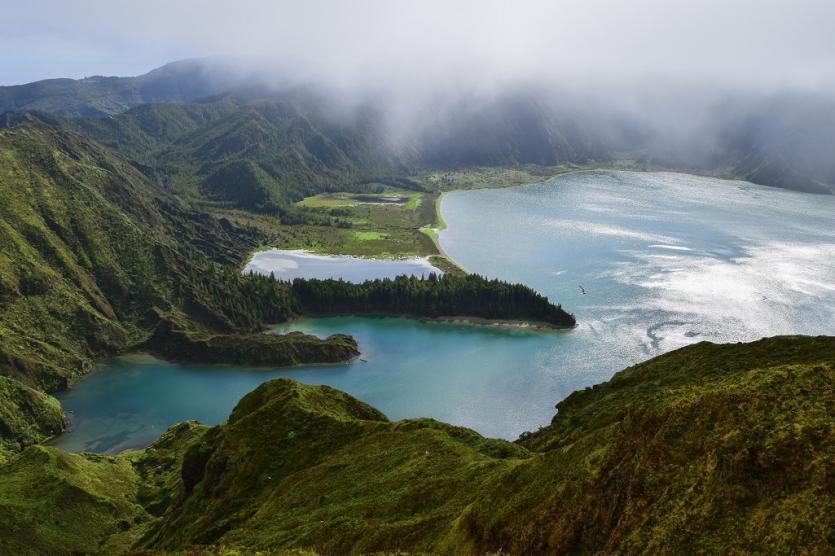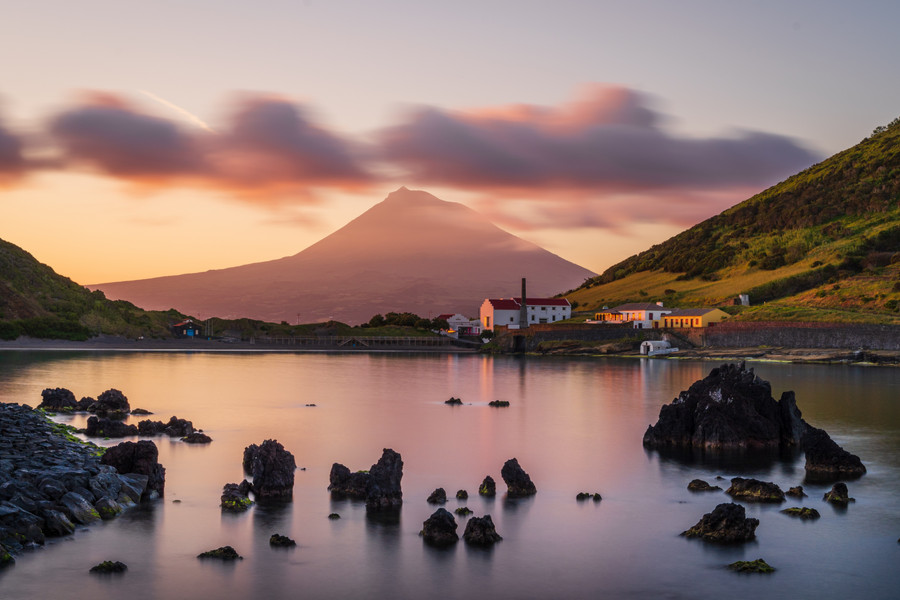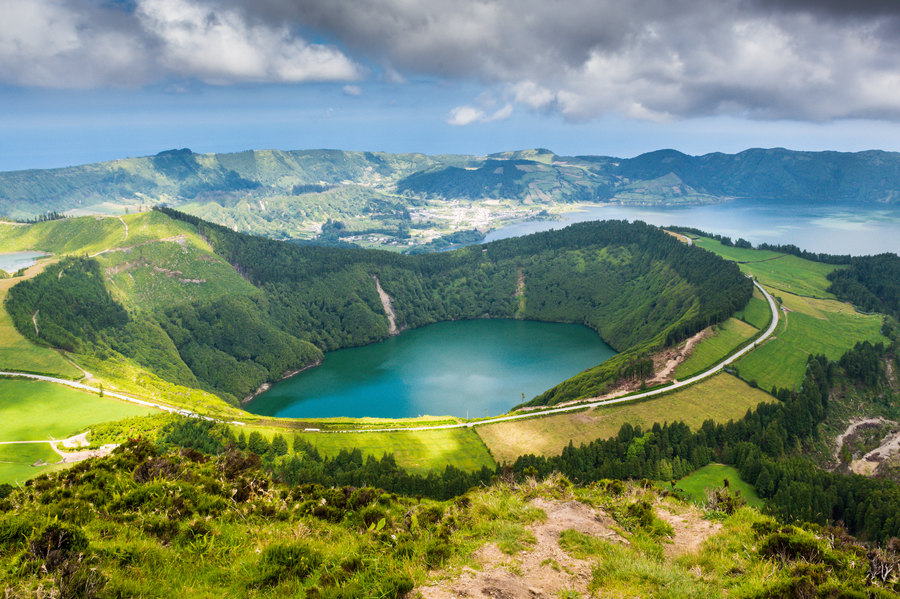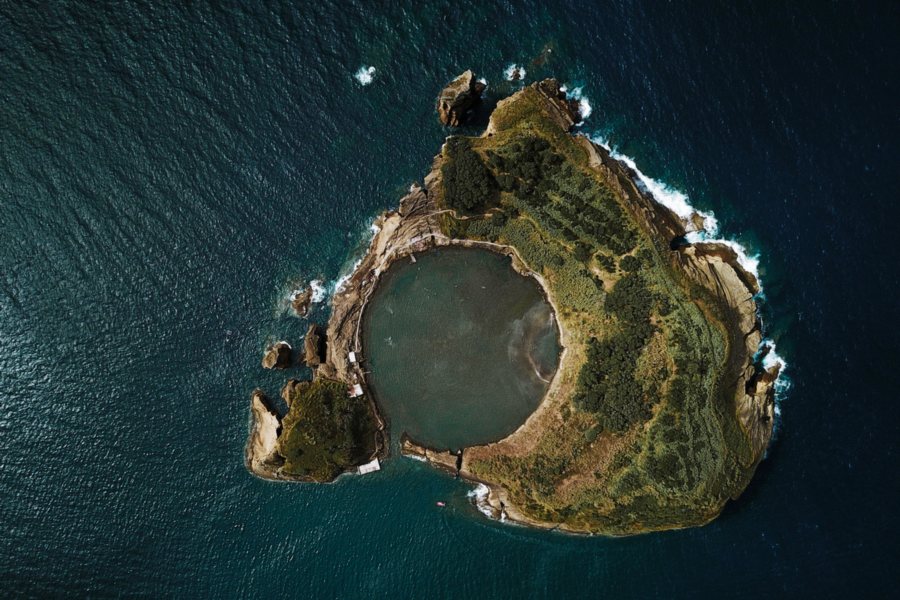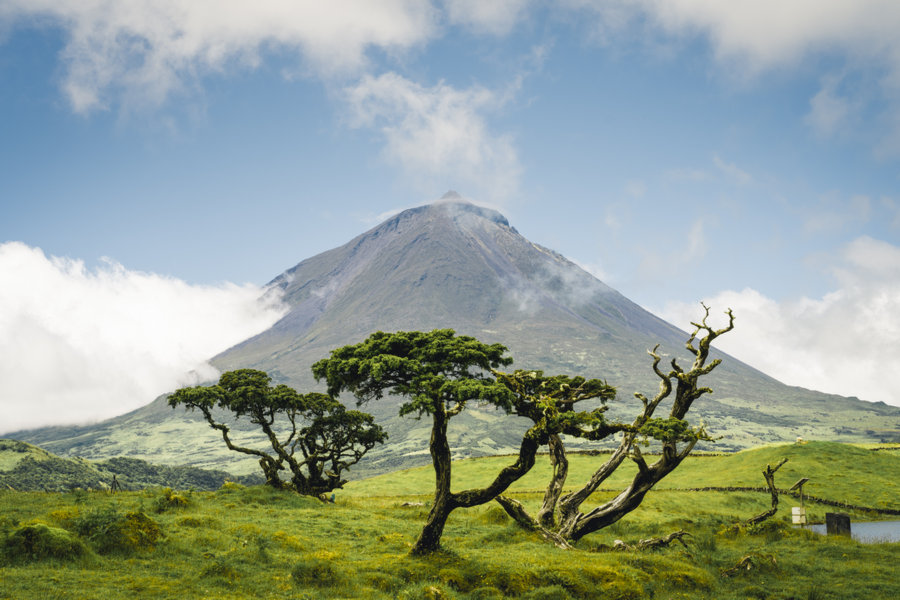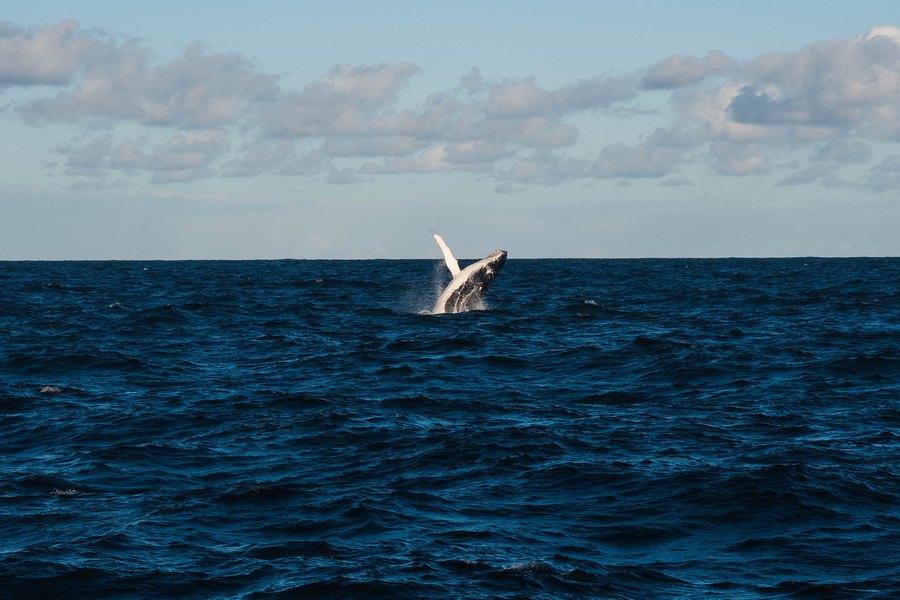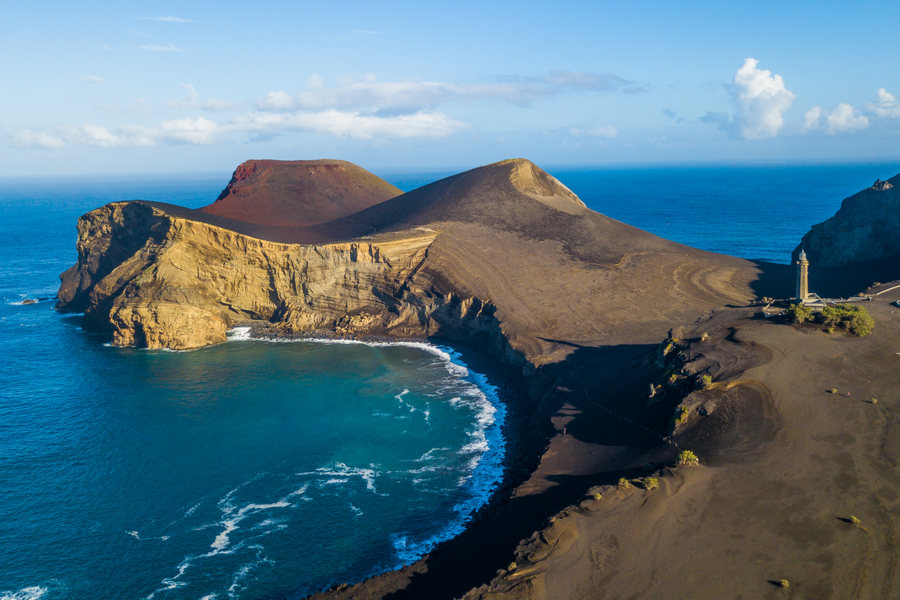Lagoa do Fogo, São Miguel in the Portuguese archipelago of the Azores. Photo: Thomas Krych | The World Daily
The World Daily - Travels Desk | JUNE 2021
Often referred to as "European Hawaii", the Azores are an archipelago of nine volcanic islands lying in the middle of the Atlantic, the westernmost in all of Europe and belonging to Portugal. It is still a relatively undiscovered destination, with attractions such as hot springs, black sand beaches, trekking on volcanic peaks or their lush green calderas, swimming with whales and many, many more! A trip to the Azores can also be combined with a visit to Lisbon or Porto, from where you will fly directly to one of the Azores islands.
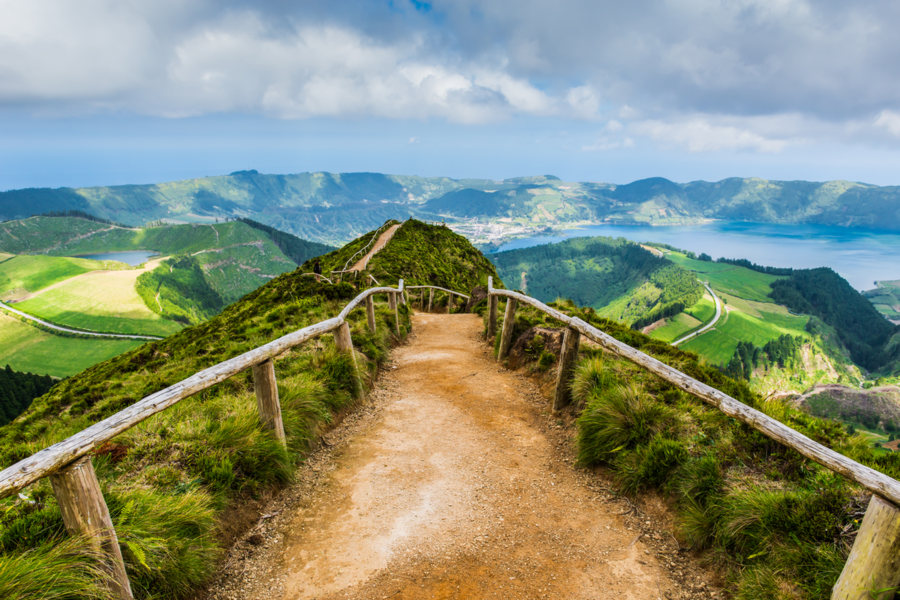
Sao Miguel – Sete Cidades
The Azores islands lie on the same latitude as the Mediterranean Sea, but the influence of the surrounding Atlantic Ocean makes it a bit cooler than the Mediterranean climate. In winter, the average temperature is around 11-12˚C at night and 17-18˚C during the day; in summer it is 17–18˚C and 24–26˚C, respectively. The temperatures here are moderate all year round: even in summer they do not reach 30˚C, but at the same time they rarely drop below 7-8 degrees. The best time to spend holidays in the Azores is from June to September, due to the lowest rainfall and the warmest water temperature - between 20 and 25˚C. However, even at this time, it is worthwhile to pack a raincoat.
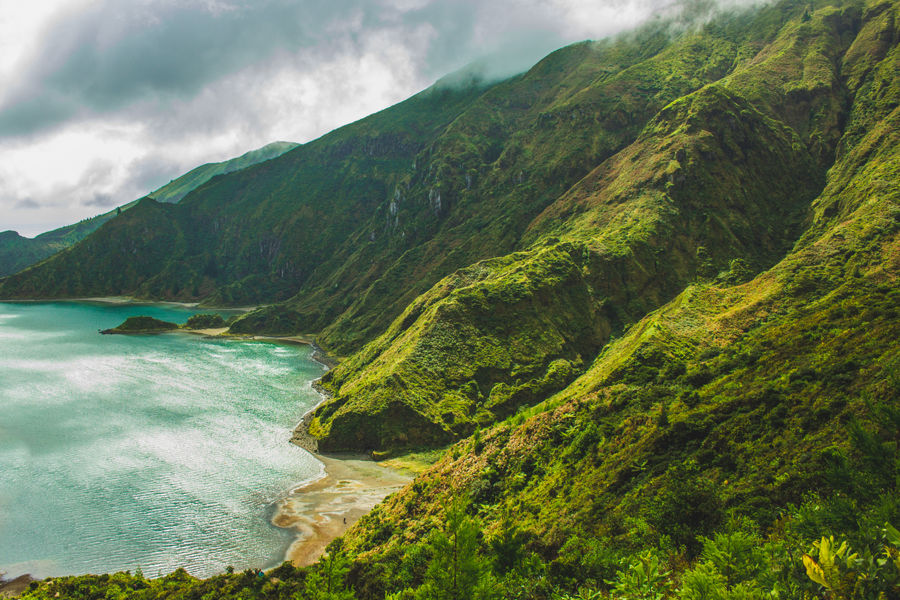
Lagoa do Fogo
Visit the only tea and pineapple plantations in Europe!
Although tea is a very popular drink in Europe, few people know that it grows not only in Asia, but also on our continent, on the largest Azorean Island of São Miguel, called ‘the green one.’ Two tea plantations, Porto Formoso and Gorreana, lie less than three kilometers apart. Interestingly, each of them claims on its website that it is the only plantation in Europe. They are located in the north of the island, near the coast, thanks to which the background of tea fields here is the Atlantic. Gorreana is a plantation with richer traditions - it has been operating continuously since 1883, producing black and green tea. It is a family business that still uses 19th century machinery and no pesticides or fertilizers. The smaller and younger Porto Formoso plantation grows and produces several types of black tea. During your visit to both of them, you will have the opportunity to look at the machines, fields where tea grows, try the products made here and buy ready-made products as souvenirs.
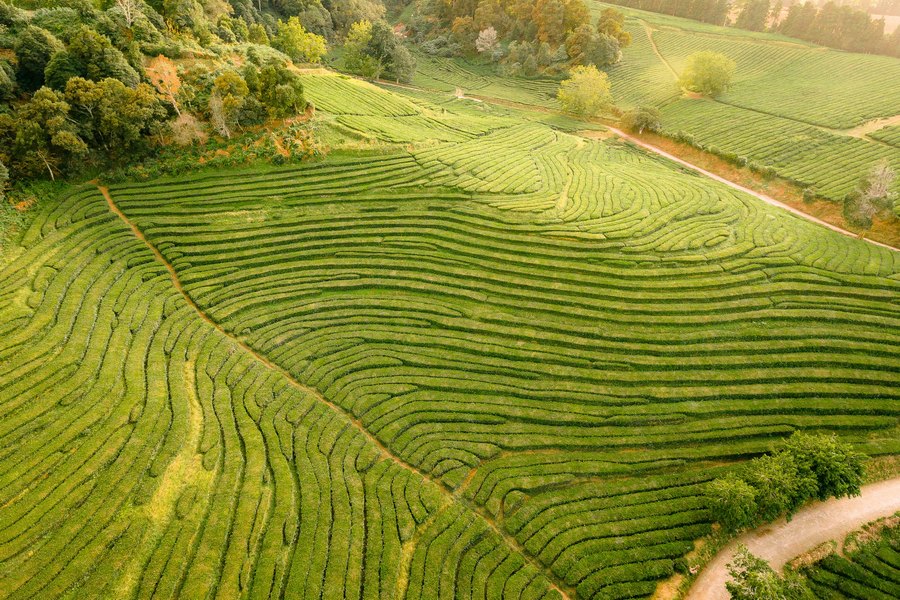
Tea plantations in the Azores
Moreover, São Miguel is also the only place in Europe where pineapples grow. If until recently you thought that pineapples grow on trees (this is quite a common belief), you should see for yourself that this is not true. Originally, oranges were grown in the Azores for export, but were replaced with pineapples following a plague attack in the mid-19th century. The islands do not have a typical dry season, which pineapples do not like - which is why they are grown in greenhouses. One of the most popular plantations is Arruda Pineapple Plantation located near the capital of the island - Ponta Delgada, which has existed for over a hundred years and has been run by the same family from the very beginning. You will look at the pineapples growing here, and what's more - you will be able to try the liqueur and buy jam from this fruit. The assortment of the local shop also includes many funny gadgets - the leitmotif is, of course, the pineapple!
Immerse yourself in hot springs
Furnas, lying on the crater of an extinct volcano (the last eruption took place in 1630) on São Miguel, is a place rich in hot springs and fumaroles, and the best terrain to find out about the volcanic origin of the islands. There are over thirty geysers and hot springs here. The most popular place where you can take a warm bath during your holidays in the Azores is Parque Terra Nostra - founded over 200 years ago, one of the largest and oldest gardens in the Azores, with about 2,000 plant species, including a rich collection of camellia - about six hundred species and varieties of these flowers. It is worth taking a walk among the invigorating and lush green, reminiscent of the jungle. The icing on the cake is a swimming pool fed by a hot spring with a temperature between 35 and 40˚C. The pool water, rich in minerals, has a brownish colour that will tint the fabrics - it is better to wear old or dark swimwear.
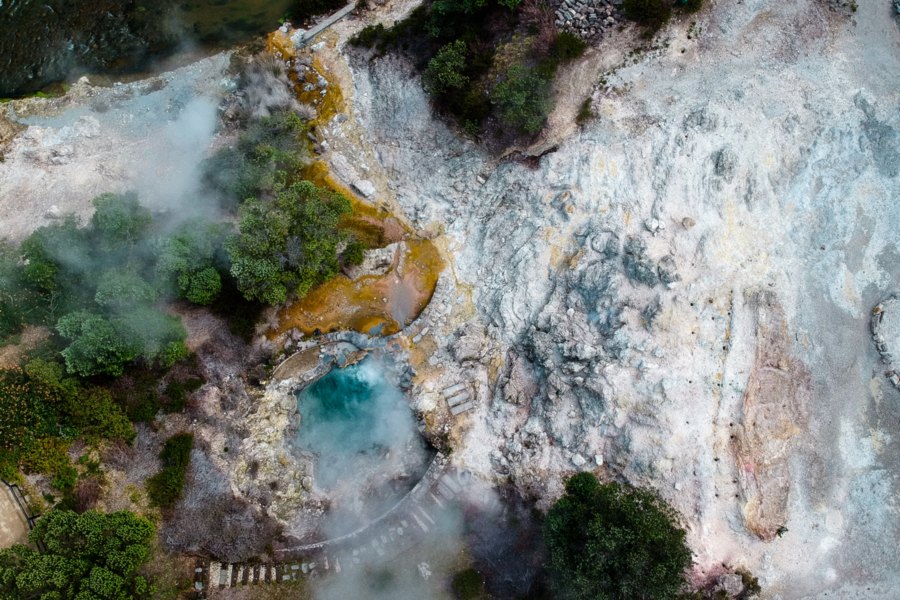
Furnas
In the eastern part of Furnas is Caldeira das Furnas - a park with hot springs and fumaroles, where you will walk among the clouds of steam and see the characteristic earthen mounds inside which dishes are cooked - usually a traditional stew called cozido, prepared with several types of meat (pork, beef, poultry and sausages), vegetables and herbs. On the mounds, there are often the names of the restaurant that prepares the meal in this way - maybe you will choose a place to eat dinner right away? When leaving Furnas, it is worth visiting the local lake (in Portuguese, Lagoa das Furnas, or simply Furnas Lake). At the shore, surrounded by mountain hills and lush greenery, you will discover hot springs and fumaroles and a Gothic chapel.
